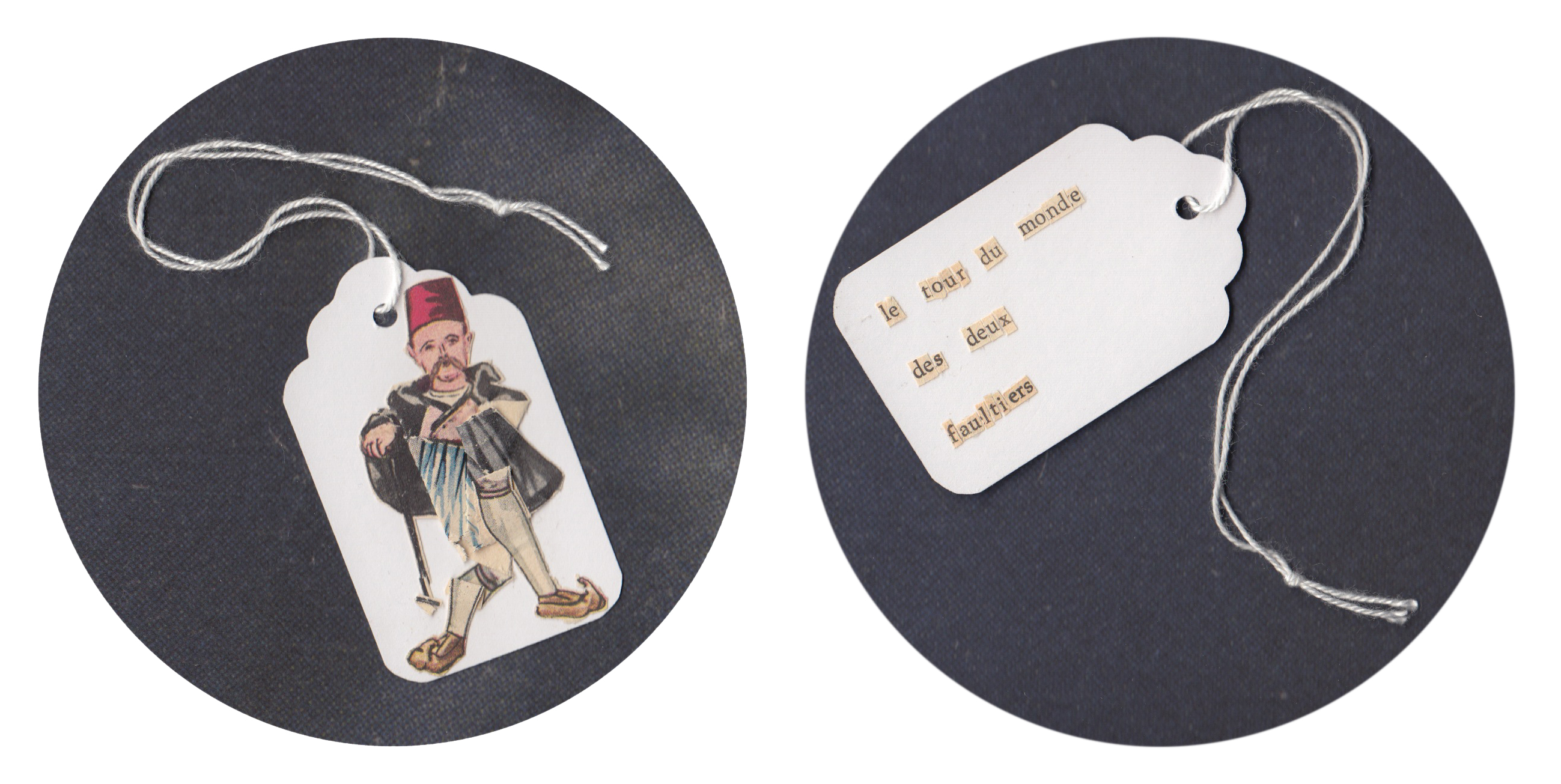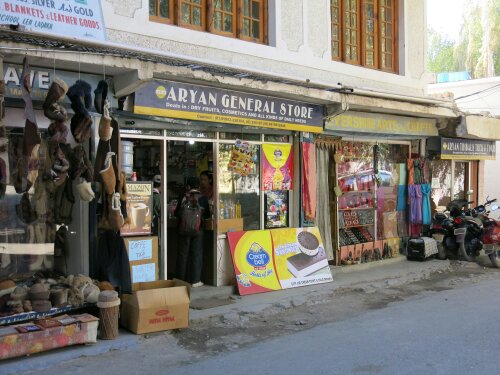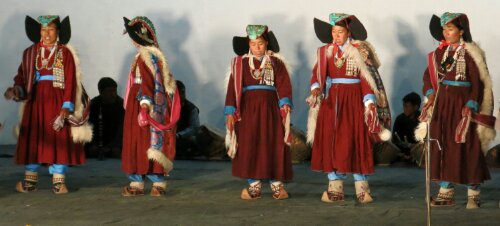in our little street in leh (the capital city of the region of laddakh) there are a lot of shops catering to the needs of backpackers and trekkers. many ‘traditional’ goods, ‘antiques’ which are sold in the street are prominently featuring the swastika and many of the stores take the by word of ‘aryan’, like in ‘aryan general store’, ‘aryan travels’ etc. a lot of our fellow travellers are israelis and they are so frequent that our closest internet café which is of course called ‘aryan’ has a sign out side promoting its offer of ‘hebrew keyboards’ available. I did mention this to some israelis we were trekking with in the last days and they had not even realized – they are all in their early 20ties, maybe that’s why. or maybe i am overly sensitive, because after all there is none of the european meaning contained in these objects of indian tradition – on the other hand these objects are here to be sold to mostly european tourists…..
trekking: stephan will post spectacular photos on his blog – we have been trekking for a week in markha valley, one of laddakhs most famous treks. a valley with several little villages flanked by mountains 5000 meters high and higher. we took the longest route there is, walked over three mountain passes, slept in the houses of laddakhi families and had a great time. in markha valley one knows that one is not the first tourist, many of the valleys inhabitants livelihoods de pend on tourism, but at the same time, the valley still has no streets, depends on mules horses and donkeys for all provisions and has a widely unchanged traditional lifestyle. the local people carry the harvest on their backs to their houses, they let their livestock graze communally on the limited greens in the valley and seem to live a lifestyle which has vanished in the remotest areas of europe at least 50 years ago.
coming back to leh after five days in the mountains was like entering a modern megalopolis, although our guesthouse has a little stable with a cow underneath the stairwell and the electricity is as infrequent as the public transport connections. the direction in which we would like to head on, south, is closed now alltogether, the last bus to manali left on the 15th of september the next one will leave in april 2014.
leh as a megalopolis: one of the things we did here, was to spend a morning with a guy from the tibet heritage society. these people, who used to work in lhasa until they got kicked out by the chinese government, try to preserve the old city of leh with all its traditional houses built in the tibetan style. the good thing about them is, they are not only concerned with architecture, but they are interested in the lives, livelihoods and culture of the people who populate the houses: there are laddakhis, there are moslems, who had started out as silk road traders, there are tibetans, sikhs, hindus and others. the organization tries to convince the people to stick with traditional building methods (dry toilet systems, building materials which are mud based, rooftop loggias that catch the sun also in the long winter months, etc.) and help financing these as well as traditional businesses. as far as we saw they try to keep up the cities life. another organization in the city, the laddakhi art and media organization, lamo, takes an art based approach in the same direction. they conduct workshops and organize exhibitions with artists and the local population focusing on life in the old city and show the outcome in exhibitions in their headquarters, an old house half way up to the old royal palace which doubles as a learning center, a library and an exhibition/gallery space – a place where I would love to work for a while.
on tradition: trying to prolong the tourist season, the local government introduced the laddkhi festival which started today. this is a festival of local music, dance, costumes, polo and tradition. meanwhile the is very calm, most tourists have left already, many shops have closed down for the winter taking their businesses to goa. the festival is left to the local population mostly: our hosts, the family which keeps the cow underneath the stairwell, left this morning to take part in a parade leading to the central polo field in their traditional costumes. tomorow there will be a mask dance, also by locals for the sake of locals mostly.
in a few days we hope to get from leh to dehli. the moutain calm exchanged for the hassle and noise and heat of the plain – i am curious how we will adapt to that.


